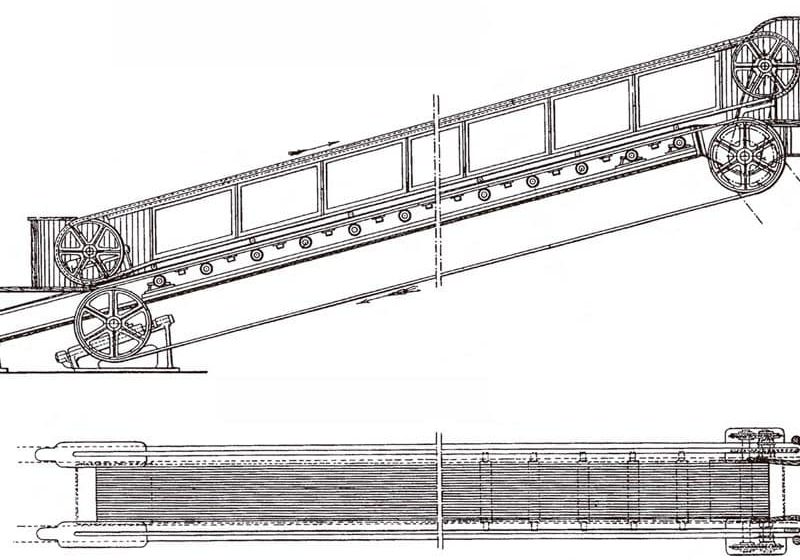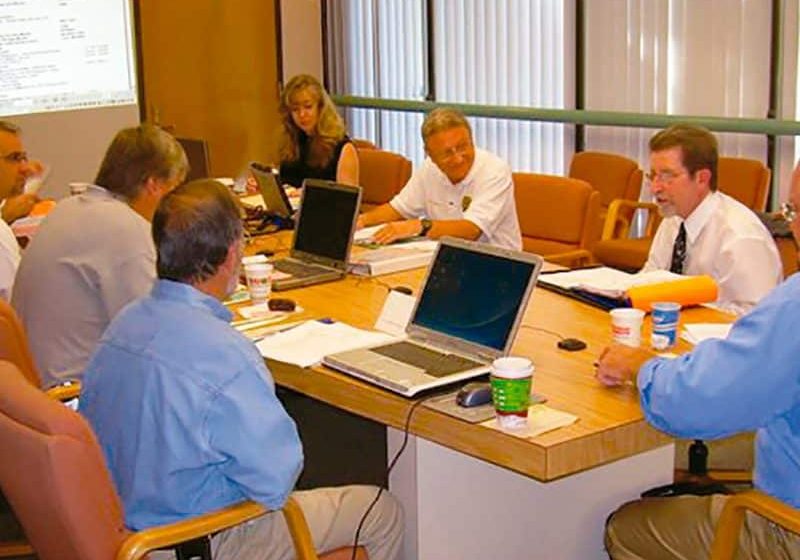Program builds on existing elevator-traffic configuration studies to achieve optimal results.
by Shi Xiaoliang, Si Liangqun and Wan Jianru
The elevator is the indispensable means of vertical transportation in the modern city, and configuration of its traffic is increasingly important. According to the characteristics of apartment traffic flow combined with elevator service quality and resource savings, this article presents an improved Monte Carlo method by which to optimize elevator configuration and shows the achieved optimal configuration results. This program makes use of Visual Basic 6.0 for interface design, and comes up with the performance evaluation module.
According to The ELEVATOR WORLD Vertical Transportation Industry Profile: 2014 Edition, the number of elevators in service in China was approximately 3.3 million in 2014. This number stands to increase at the rate of approximately 20% every year. Although China has become the world’s largest elevator market and manufacturing base, there is still a wide gap in elevator-traffic configuration technology, compared with that in other countries. Suitable elevator configuration can improve space utilization and save people and material transportation time. On the contrary, ill-suited elevator configuration can waste time, space and electric energy, and cause passenger congestion and capital losses.
Considering the strict requirement of elevator quantity and performance in the modern apartment building, this article adopts its improved Monte Carlo method to optimize the calculation parameters of round-trip time (RTT) based on an elevator traffic-system model. This method separates the relationship between each elevator traffic-system variable concisely and makes the configuration more accurate.
Elevator Traffic Model
An elevator traffic system is a combination of characteristics of buildings, elevators and elevator operation. This means that the elevator system can be viewed as a multiple-input, multiple-output system. Considering different transportation tasks and configuration methods, researchers can choose different input variables. The method described in this article is mainly aimed at elevator design for large apartments, which generally belong to the up-peak and down-peak model. It selects the construction area (U), the effective area (S), the elevator service number (Q), the service altitude (H) and the service floors (n) as inputs. Outputs of the system can provide reference for quality evaluation. This method selects the statistical variables of 5-min. occupancy rates, average interval (AI) and average waiting time (AWT). It establishes the analysis model of an elevator system in up-peak interval, down-peak interval and conventional interval simultaneously, in order to achieve more comprehensive evaluation.
Elevator-Traffic Configuration Process
The elevator-traffic configuration process is a method by which to calculate RTT. Some intermediate variables, such as passenger transfer time (Tp), door open and close time (Td) and car travel time (Tr), will be used to obtain the actual output. This is then compared against expected values. If the difference is too great, it will be reconfigured by adjusting intermediate variables (N, Ve and Re).
Calculation of RTT
RTT (also called “elevator operation period”) can be described as time required when the car begins moving, the passengers are transported to various floors, then the car is returned to its base station. RTT is key to elevator configuration. In this article, it is carried out in alternate-floor mode.
The stops of one-way short interval f1 are an important parameter of RTT calculation. In this interval, passengers do not necessarily leave the car at every floor in up or down process; the car does not necessarily stop at every floor. These possible stops are considered stops of one-way short interval. According to statistics, the expression of f1 is:
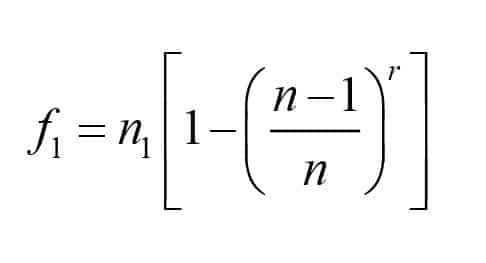
n is the total number of elevator service floors, n1 is the number in short interval, and y is the number of passengers. According to Equation 1, the stops of up-short interval and down-short interval, fu and fd, respectively, can be obtained.
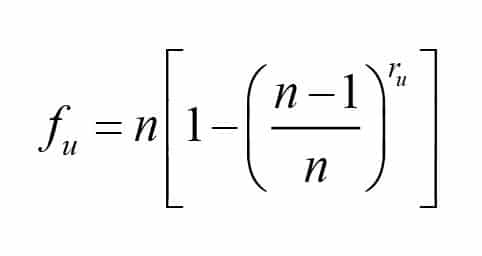
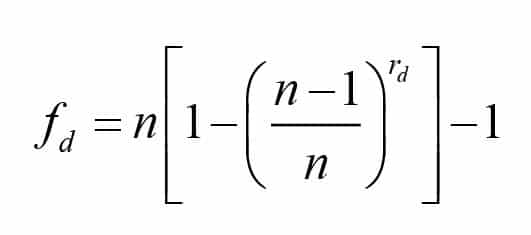
yu and yd, respectively, represent the number of passengers in up mode and down mode.
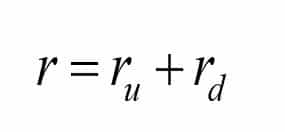
Elevator passengers, up-mode passengers and down-mode passengers are determined by the types of buildings, notwithstanding the number and the effective area of each floor. In this elevator configuration, it is generally recognized that in
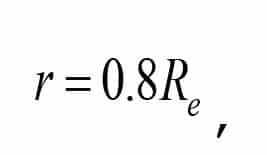
Re is the number of passengers under the rated load. Each up-passenger transfer time is:

and each down-passenger transfer time is:
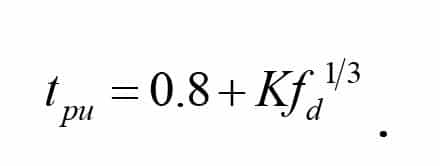
In Equations 6 and 7, 0.8 is the time a passenger accesses the car at the base station, Kf1/3 is the time a passenger leaves the car in general floor, and K is the correction coefficient of the car entrance width. This model uses 0.9.
Considering the loss time, passenger transfer time is:

and door open and close time is:

In alternate-floor mode, car travel time can be divided into two types:

Tr is the car travel time of a single floor. Ha is the acceleration distance, and ta is the acceleration time. The relationship between these two parameters and the rated speed is shown in Table 1.
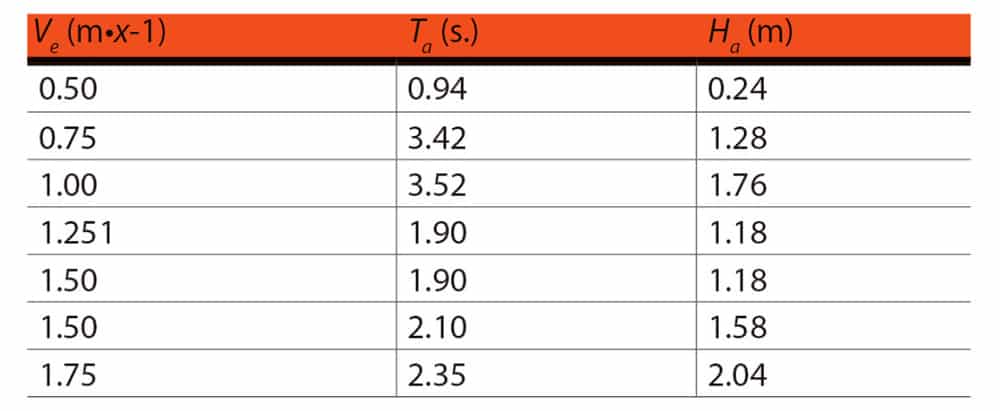
RTT is the sum of the passenger transfer time door open and close time and car travel time.

Output of Elevator Configuration
If RTT has been obtained, the next step is to calculate the configuration outputs: 5-min. occupancy rates, AI and AWT. Then, compare these outputs with expected values. This process is then repeated until its results are reasonable.
The number of elevators (N) that can be obtained by 5-min. occupancy rates is:
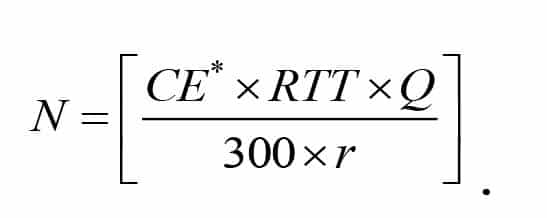
AI is:
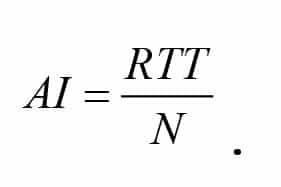
AWT is:

In up- and down-peak interval, the passengers are in a highly aggregated state. So, these two parameters will become bigger than usual. Based on extensive statistical experimentation, the ratio is temporarily:


Calculate N by iterating Equations 13 and 14, gradually approaching the expected AWT to obtain the reasonable configuration. The program flow is shown in Figure 1.
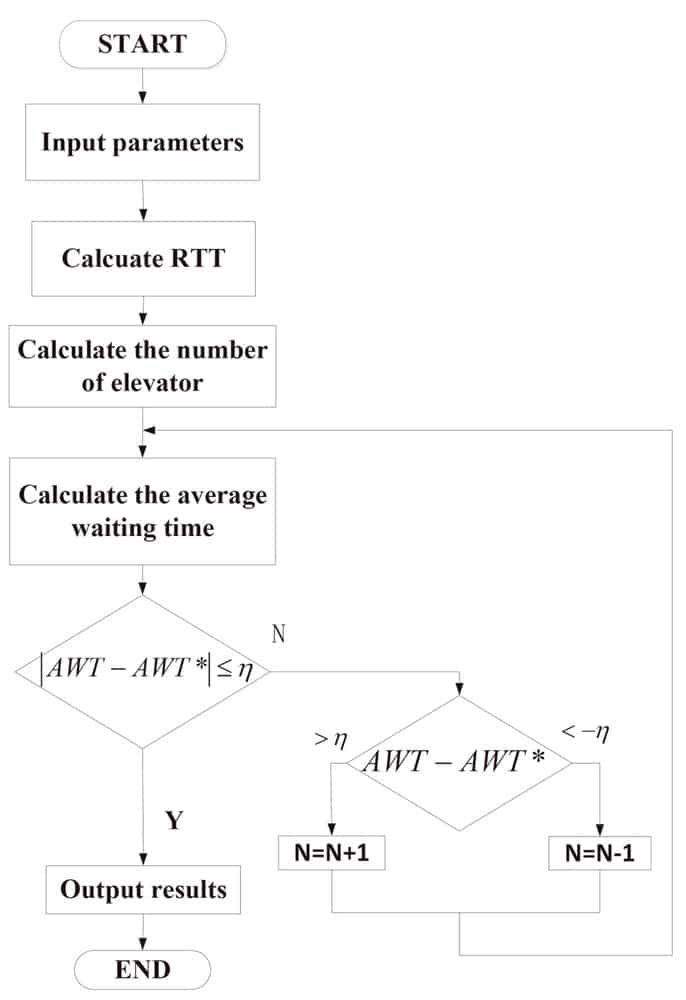
Figure 1: Elevator-configuration program flow
Improved Method of Elevator Configuration
Traditional Monte Carlo Method
The stops of one-way short interval f1 are a key parameter in the calculation of RTT. In the traditional method, up-mode passengers ru and down-mode rd relating to f1 are obtained according to the type of building. However, the structure of the modern Chinese apartment has become more and more complicated as the urban white-collar class has increased, and quality of life has risen. Despite this having a significant effect on elevator configuration, it is usually not considered in the traditional method. The Monte Carlo method, however, has addressed it from the angle of probability. Our method optimizes its expression of configuration and makes its results more reasonable.
Improved Monte Carlo Method
Passenger starting and target floors are important factors that decide the stops of one-way short interval. In our improved Monte Carlo method, the starting density matrix and the starting-target matrix will be introduced simultaneously when determining these floors. The starting density matrix is:
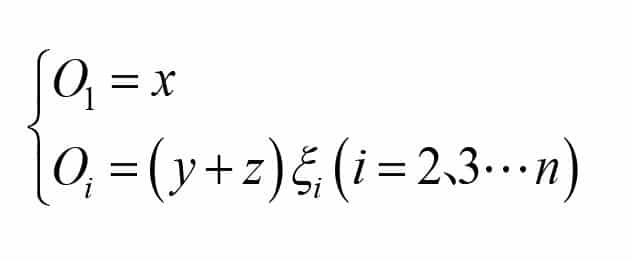
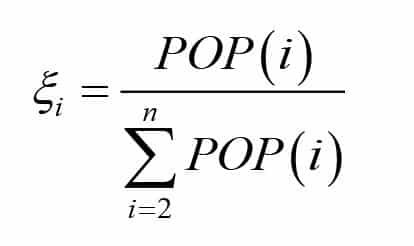
In x + y + z = 1, x is the percentage of passengers from the first floor in up mode, z is the percentage to the first floor in down mode, and y is the percentage to intermediate floors. Accumulate the starting density of each floor in order to reduce error:
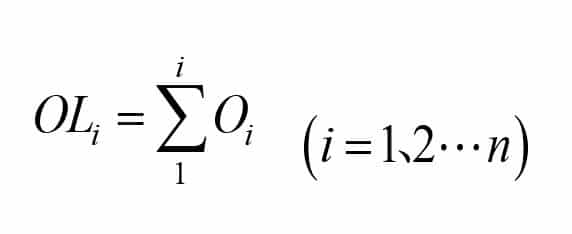
OLi is the cumulative density of the floor i. For each passenger, generating a random ![]() from (0 1), if
from (0 1), if![]() , the floor i will be selected as the passenger’s starting point. The element of the starting-target matrix is:
, the floor i will be selected as the passenger’s starting point. The element of the starting-target matrix is:



The starting-target matrix is:
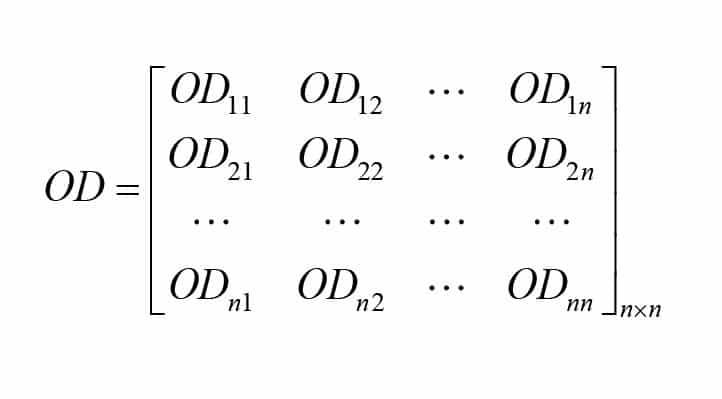
sumi is the sum of each element of line i in the starting-target matrix. Divide the element of line i by sumi, and draw the probability that the passenger selected j as target floor.

Add these probabilities together for error reduction:

Similarly, generating a random ![]() , if
, if ![]() , the floor j will be selected as the passenger’s target point. Obtaining the starting floor matrix and starting target floor matrix reveals the total stops during one experiment. The value will be different in every experiment, however, because of the randomized uncertainty. However, with increased experiments come a better reflection of reality. The improved method can modify the stops of the one-way short interval and makes the result more rational.
, the floor j will be selected as the passenger’s target point. Obtaining the starting floor matrix and starting target floor matrix reveals the total stops during one experiment. The value will be different in every experiment, however, because of the randomized uncertainty. However, with increased experiments come a better reflection of reality. The improved method can modify the stops of the one-way short interval and makes the result more rational.
Software Design
Configuration software is designed for configuring the type and number of elevators through building parameters and passenger information. Here, the software is mainly designed for large apartments. Its first portion is the apartment parameters interface (Figure 2). Input parameters and click “Next”; there will then be the elevator parameters interface (Figure 3). Continue to input parameters and click “Next”; the software will derive the configuration result according to the improved method above. The result is shown in Figure 4.
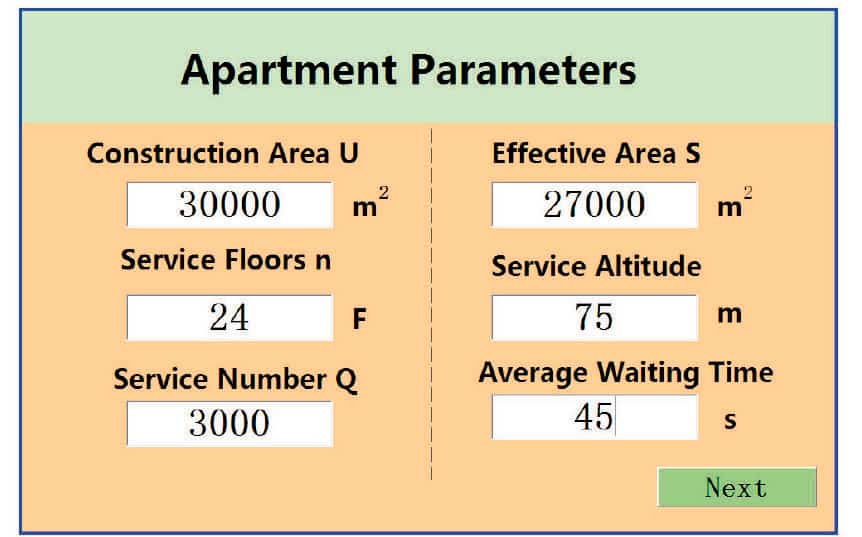

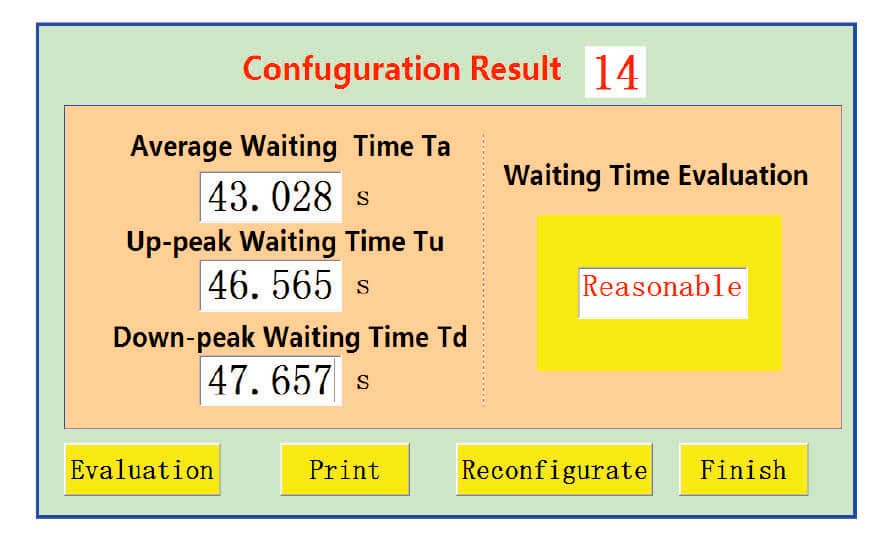
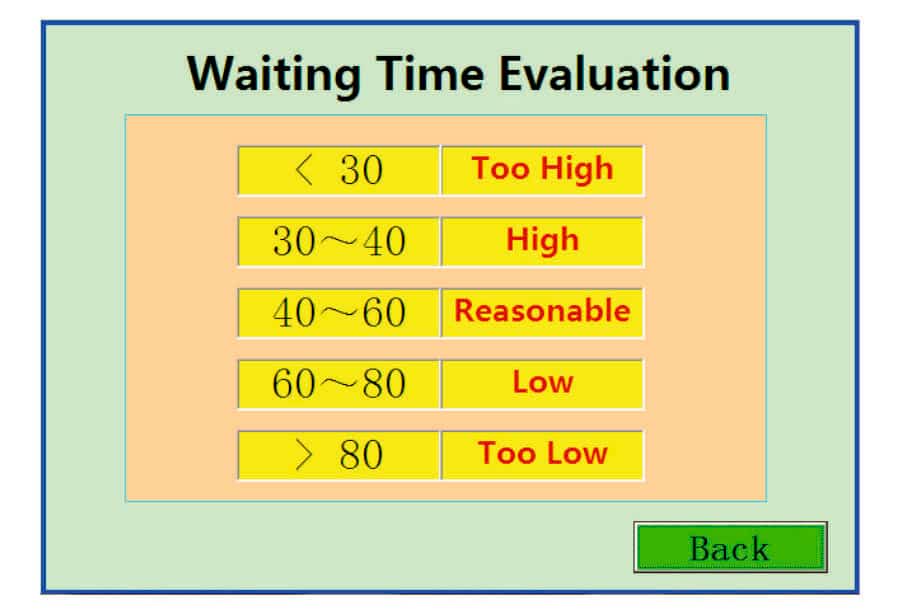
Following the results, the software can display performance evaluation by users choosing “Evaluation” to compare the actual value with the standard (Figure 5). If not satisfied with the result, users can click “Reconfiguration” to get a new one or click “Finish” to complete configuration. The software also has a “Print” button to show all the inputs, outputs and configuration results in a table (Figure 6).

Acknowledgements
This research was supported by AQSIQ Nonprofit Industry Specialized Research Funding (No. 201310153).
References
[1] Yang Yuefeng, Wan Jianru and Li Shuchao. “SAS-Based Predietion Method of Elevator Traffic Flow,” China Elevator, 2009,20(21):21-26.
[2] Zhang Junli. “Elevator Traffic Dispatching and Its Software Development,” Guangzhou: South China University of Technology, 2012.
[3] Wan Jianru and Yang Yuefeng. “Research on Elevator Model Selection and Configuration and Optimization Design,” China Elevator, 2009, 20(19).
[4] Ding Jie, Lin Jiansu and Liu Zhong. “Optimal Design of Monte Carlo Multithreading Elevator Traffic Flow Based on Network Queuing,” Computer Applications, 2008, 34(1):97-99.
[5] Christine Lim and Michael Mcaleer. “Time Series Forecasts of International Travel Demand for Australia,” Tourism Management, 2002(23):389-396.
[6] Xu Yuge and Luo Fei. “Traffic Precognition Method for Novel Elevator System,” Control Theory & Application, 2005,22(6).
Get more of Elevator World. Sign up for our free e-newsletter.


